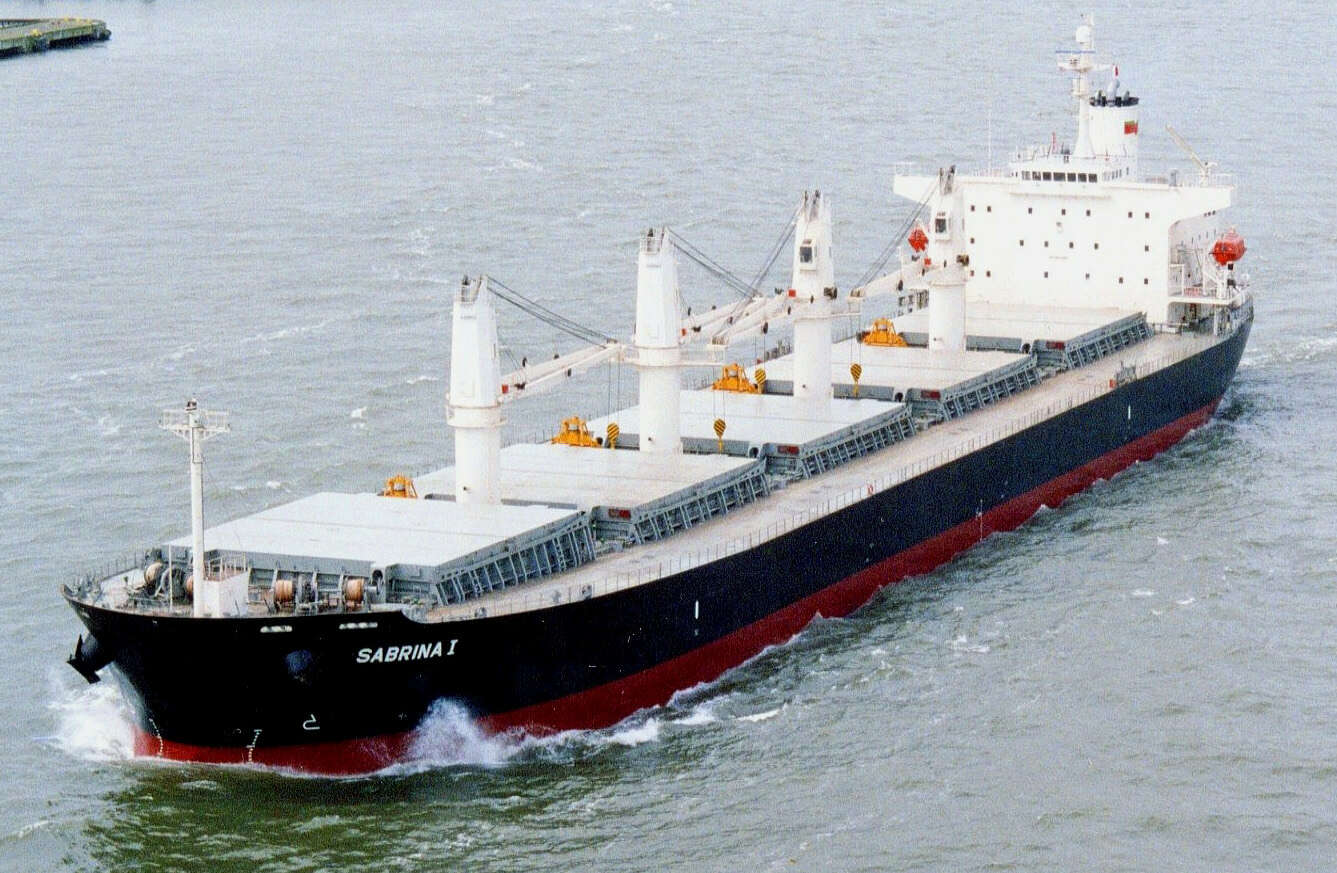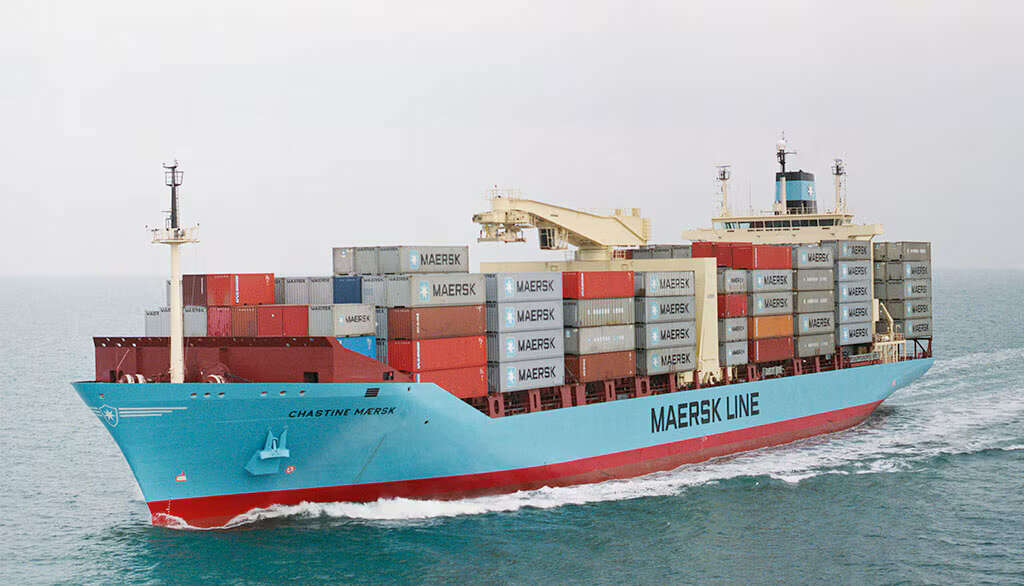When it comes to shipping cargo internationally, businesses often face a crucial decision: dry bulk shipping or dry container shipping? Each method is designed for different types of goods, and choosing the right one can make a difference in terms of costs, efficiency, and delivery times.
Dry bulk shipping is used for large quantities of loose goods like grains, coal, and iron ore, transported in specialized bulk carriers. On the other hand, dry container shipping is the standard choice for packaged, palletized, or manufactured products, secured in 20FT or 40FT shipping containers.
In this article, we’ll break down the key differences between these two shipping methods
All you need to know about Dry Bulk Shipping
Dry bulk shipping is a vital part of global trade, responsible for transporting unpackaged, loose commodities that fuel industries worldwide. Unlike containerized cargo, which is shipped in standardized boxes, dry bulk cargo is moved in specialized vessels known as bulk carriers, designed to carry massive quantities of raw materials.

Image source: Wikipedia (en.wikipedia.org/wiki/Main_Page)
How Dry Bulk Shipping Works
Bulk carriers have large cargo holds with hatches that protect and separate goods. These ships come in various sizes, from mini-bulkers (up to 10,000 dwt) to giant bulkers (up to 400,000 dwt), allowing them to transport different volumes of cargo. Unlike container shipping, where goods are measured in TEUs (Twenty-foot Equivalent Units), dry bulk cargo is measured in deadweight tons (dwt), reflecting the total carrying capacity of the vessel.
Why Dry Bulk Shipping is Essential
Dry bulk shipping plays a crucial role in global manufacturing, construction, and energy production. Many industries rely on the steady supply of bulk materials for their daily operations.
For example:
- Grain shipments ensure food production worldwide.
- Iron ore and coal are essential for steel manufacturing.
- Energy resources like coal contribute to electricity generation.
From the metal in kitchen appliances to the grain in your morning toast, dry bulk shipping impacts everyday life in ways we rarely notice. Without it, many industries would come to a halt, making it a backbone of the global economy.
Categories of Dry Bulk Cargo
Dry bulk cargo is broadly classified into two main categories: major bulks and minor bulks.
These materials are essential to industries such as construction, manufacturing, energy, and agriculture. The distinction between major and minor bulk commodities depends on their volume, frequency of shipment, and economic significance.
Major Bulk Commodities
Major bulks are high-demand raw materials that make up nearly two-thirds of global dry bulk trade. These commodities are transported in large quantities and are critical to industrial production:
- Iron Ore – A key raw material for steelmaking, iron ore is one of the most shipped dry bulk goods, supplying industries like construction, infrastructure, and automotive manufacturing.
- Coal – Used for both energy production (thermal coal) and steel manufacturing (coking coal), coal is transported globally to power plants and industrial facilities.
- Grain – Essential for food security, bulk shipments of wheat, corn, and soybeans are transported from major agricultural regions to consumer markets worldwide.
- Sand and Scrap Metal – Used in construction and manufacturing, these materials are frequently moved to meet demand in growing urban areas.
Minor Bulk Commodities
Although smaller in volume compared to major bulks, minor bulk cargo still plays a crucial role in global trade and industry. These goods are often transported in smaller shipments and require more flexible logistics solutions:
- Steel Products – Includes finished metal products like bars, sheets, and coils, widely used in construction and machinery manufacturing.
- Cement – A fundamental material in building and infrastructure projects, transported in bulk to support urban development.
- Fertilizers – Shipped globally to agricultural regions, fertilizers enhance soil productivity and contribute to food production.
- Sugar – A key agricultural commodity used in the food and beverage industry, transported from major producers to global markets.
- Metal Scrap – Recycled metals that are repurposed for industrial use, contributing to sustainable manufacturing.
All you need to know about Container Shipping
Container shipping is a method of transporting goods using large, standardized steel containers that can be easily moved across sea, rail, and road networks. These containers provide a secure and efficient way to ship a wide range of products, from packaged, palletized, or finished goods to vehicles, and machinery.
The most common container sizes include 20-foot, 40-foot, and 40-foot high cube, allowing for flexible loading and easy handling across different transport modes. Since the containers are sealed and weather-resistant, they protect cargo from damage during transit.

Image source: Maersk (Maersk.com)
Key differences between bulk and container shipping
Cargo Handling & Loading
In bulk shipping, goods like grain, coal, or iron ore are loaded directly into a ship’s hold at the port, often using conveyor belts or trucks. In contrast, container shipping allows goods to be pre-packed into steel containers at a warehouse before being transported to the port for loading.
Vessel Usage & Space Allocation
Bulk shipping typically requires chartering an entire vessel since the cargo is loose and transported in large quantities. Container shipping, however, offers flexibility, allowing businesses to ship smaller volumes by booking space within a shared vessel.
Unloading & Storage
When a bulk shipment arrives at its destination, the cargo must be unloaded from the ship and transferred to another transport mode (such as a truck or train). Containers, on the other hand, can be directly transferred onto trucks or trains without the need for repacking.
Cargo Contamination Risks
Since bulk carriers transport different materials, they must be thoroughly cleaned after each trip to prevent contamination. With container shipping, goods remain in sealed, individual containers, reducing the risk of cross-contamination.
Conclusions
Choosing between bulk and container shipping depends on the type of cargo, budget, and logistical needs. Bulk shipping is ideal for large volumes of loose materials like grains, coal, and iron ore, while container shipping offers a secure and flexible solution for packaged goods. Each method plays a crucial role in global trade, ensuring industries get the raw materials and products they need.